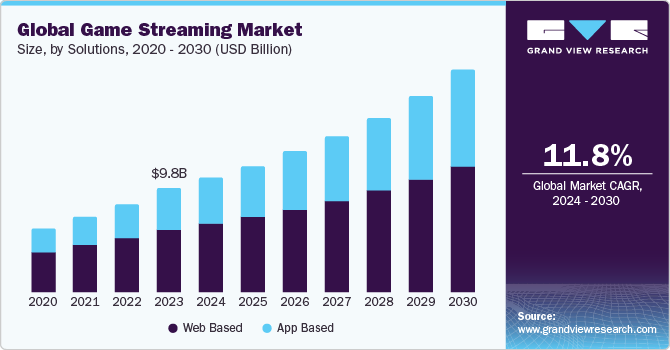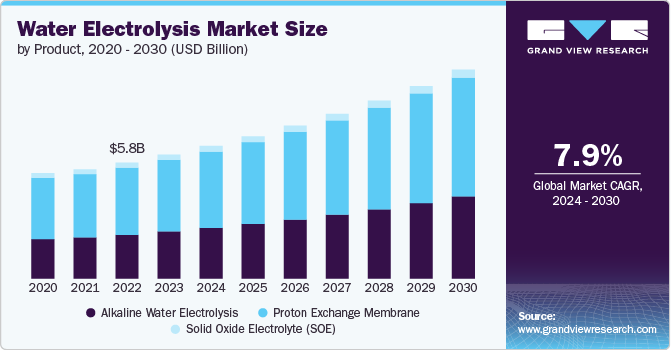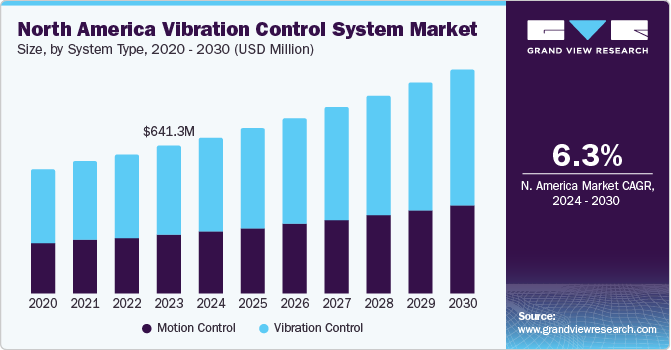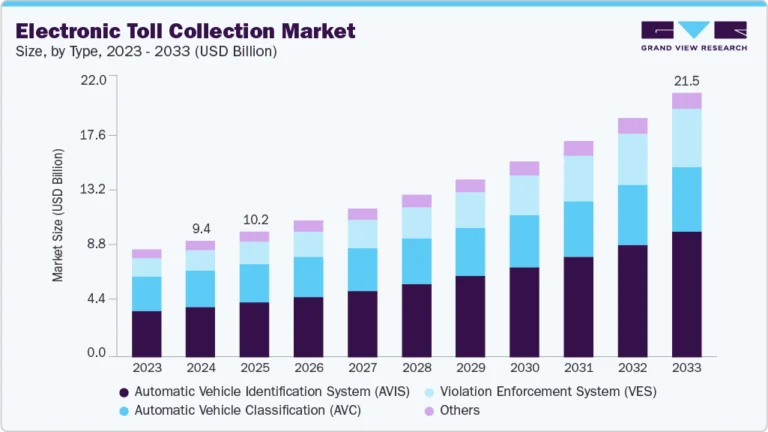Aquaculture Market Size, Share & Trends Analysis growing at a CAGR of 5.1% from 2025 to 2030
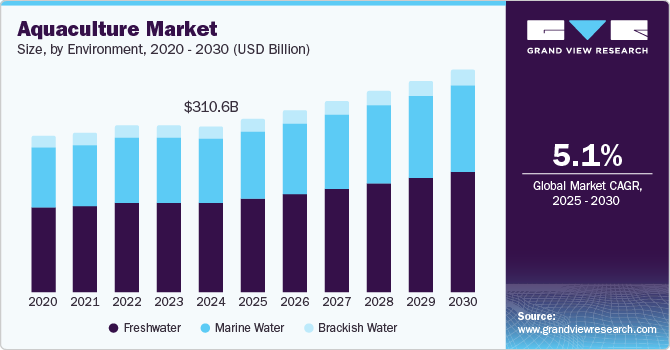
The global aquaculture market size was estimated at USD 310.6 billion in 2024 and is projected to reach USD 417.8 billion by 2030, growing at a CAGR of 5.1% from 2025 to 2030. This growth is attributed to the increasing fish consumption, fueled by rising health awareness and the nutritional benefits of seafood.
Key Market Trends & Insights
- Asia Pacific aquaculture market dominated the global market and accounted for the largest revenue share of 75.6% in 2024.
- The aquaculture sector in the U.S. is expected to grow substantially over the forecast period.
- On the basis of fish type, carps, barbels, and other cyprinids led the market and accounted for the largest revenue share of 25.5% in 2024.
- On the basis of environment, freshwater dominated the market and accounted for the largest revenue share of 54.3% in 2024.
Market Size & Forecast
- 2024 Market Size: USD 310.6 Billion
- 2030 Projected Market Size: USD 417.8 Billion
- CAGR (2025-2030): 5.1%
- Asia Pacific: Largest market in 2024
Request a free sample copy or view report summary: https://www.grandviewresearch.com/industry-analysis/aquaculture-market/request/rs1
In addition, technological advancements in farming practices and a shift towards sustainable aquaculture methods enhance productivity and efficiency. Furthermore, the decline in wild fish stocks and changing dietary preferences further propel the demand for farmed seafood, particularly in regions such as Asia-Pacific, which dominates the market due to its advanced aquaculture techniques and high consumption rates.
Aquaculture, commonly called aqua farming, involves cultivating various aquatic species, including finfish, carp, mollusks, crabs, and aquatic plants. This method encompasses several interventions in the rearing process, such as regular stocking, feeding, and predator protection, to enhance productivity. Both small-scale farmers in developing countries and large international corporations participate in aquaculture. Fish is a vital source of protein and plays a significant role in many cultural traditions, offering essential nutrients like fatty acids, vitamins, and minerals that contribute to human health.
As the global workforce grows, people have less time for home-cooked meals, leading to a marked increase in dining out. This trend has heightened the demand for high-protein diets, with more consumers incorporating meat and seafood into their meals. Consequently, full-service and quick-service restaurants are experiencing a surge in demand for various meats and seafood, further boosting the aquaculture industry.
Ongoing research and development efforts in aquaculture are enhancing production systems and improving efficiency and product quality while promoting sustainability. Innovations in fish genetics, reproductive management, chromosome modifications in shellfish, and parasite control are pivotal in driving market growth. Furthermore, technological progress in offshore and open ocean aquaculture is also expected to expand the industry further. Ensuring technical robustness, economic viability, environmental sustainability, and social acceptance is crucial for long-term success. By introducing new aquaculture methods and integrating fish with animal production techniques, the global aquaculture market is poised for significant advancement.

